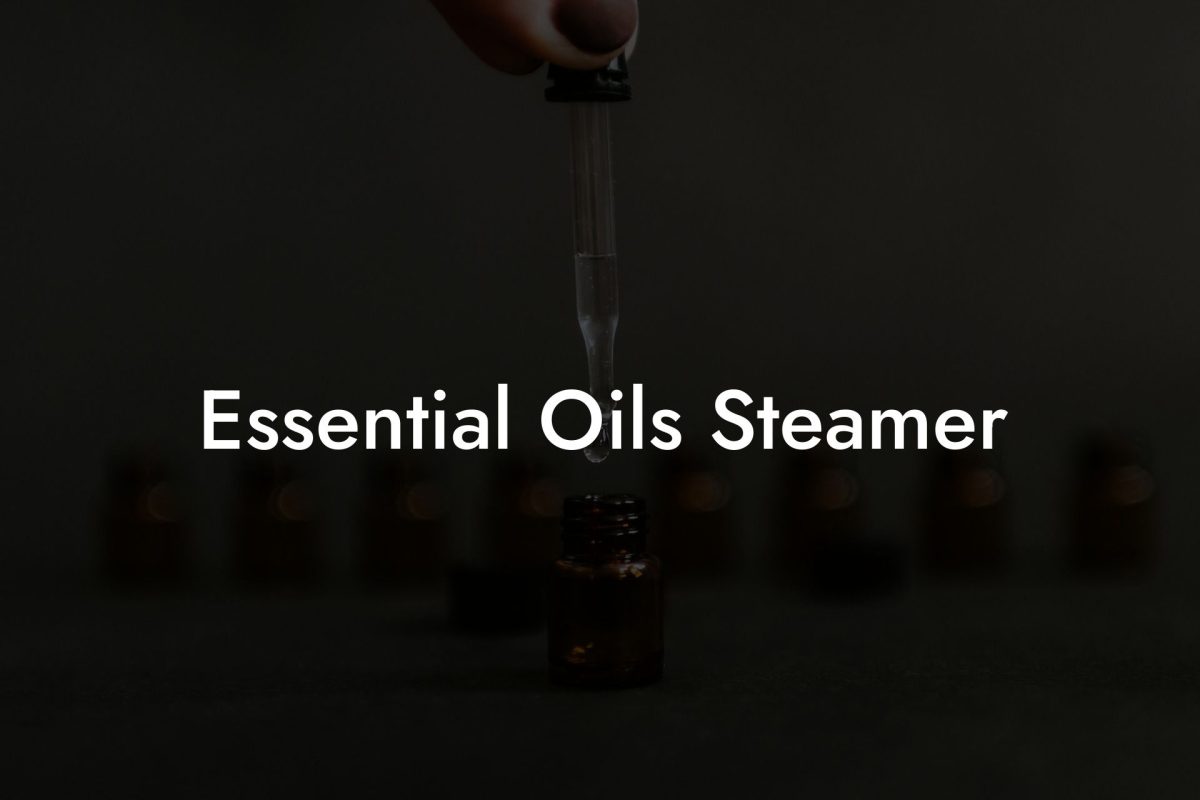Creating your own signature scent with essential oils is not only a fun and creative activity, but it also allows you to enjoy the therapeutic benefits of these natural ingredients. In this guide, we will walk you through the process of making your own perfume using essential oils, and introduce you to the world of aromacology.
Table of Contents
Understanding Essential Oils and Aromacology
Aromacology is the study of how scents and aromas affect our mood, emotions, and overall well-being. Essential oils, derived from plants, are the key ingredients in this field. These oils not only provide wonderful fragrances but are also believed to have various therapeutic effects on our body and mind.
Choosing Your Essential Oils
The first step in creating your perfume is selecting the essential oils that will make up your unique scent. While the possibilities are nearly endless, here are some guidelines to help you get started:
- Base Notes: These are the heavier essential oils that will last the longest in your perfume. Examples include sandalwood, patchouli, cedarwood, and vanilla.
- Heart Notes: These essential oils will help to balance and harmonize your perfume. Examples include rose, jasmine, geranium, and lavender.
- Top Notes: These are the lightest essential oils, providing the initial burst of fragrance. Examples include bergamot, lemon, peppermint, and eucalyptus.
When selecting your oils, consider not only their fragrance but also their potential therapeutic effects. Experiment with different combinations to find the perfect blend for you!
Gathering Your Supplies
Once you have selected your essential oils, gather the following supplies to create your perfume:
- Carrier oil (such as jojoba oil or sweet almond oil)
- A dark-colored glass bottle with a dropper or spray attachment
- A glass measuring cup or graduated cylinder
- Paper towel or cloth for cleanup
Creating Your Perfume Blend
Follow these steps to create your essential oil perfume:
- Add your chosen base note essential oils to the measuring cup, using a total of 5-10 drops. The exact ratio will depend on your preference and the specific oils you choose.
- Add your heart note essential oils, using another 5-10 drops in total. Experiment with different ratios to find the desired balance.
- Finish with your top note essential oils, using a final 5-10 drops.
- Add 2 tablespoons of carrier oil to the essential oil blend, mixing well.
- Pour the mixture into your dark-colored glass bottle and seal tightly. Store in a cool, dark place for 1-2 weeks to allow the oils to meld together and mature.
- Once the maturation period is complete, test your perfume on your skin and make any necessary adjustments to the blend. Congratulations, you have created your own unique essential oil perfume!
How To Make Perfume Using Essential Oils Example:
Imagine creating a refreshing, uplifting perfume for daytime wear – you might select a combination of bergamot (top note), lavender (heart note), and cedarwood (base note). Use the following blend as a starting point:
– Base Note: 5 drops of cedarwood
– Heart Note: 6 drops of lavender
– Top Note: 9 drops of bergamot
– 2 tablespoons of jojoba oil
Pour the mixture into a bottle and let it mature for a couple of weeks. Adjust as needed to achieve your desired scent.
Now that you know how to make your own perfume using essential oils, the possibilities are truly limitless. Use your newfound knowledge to experiment with different aromas and therapeutic benefits to create a collection of signature scents tailored to your liking. Don’t forget to share your creations with friends and family, or even consider gifting your unique perfumes as thoughtful, handmade presents. Be sure to explore the wide range of essential oils available from Oshu Oils and browse our blog for more tips, tricks, and insights into the world of aromacology.





















